By Ibankyntiew Mawrie
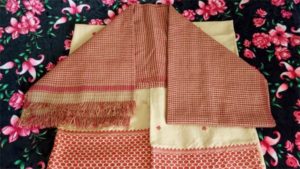 It might not look modern, it might not be a perfect choice that goes with a perfect dress but it sure does add colour and more importantly, it acts like a shield against the cold and harsh winter.
It might not look modern, it might not be a perfect choice that goes with a perfect dress but it sure does add colour and more importantly, it acts like a shield against the cold and harsh winter.
Yes, I am talking about the Tapmohkhlieh – the checkered piece of garment that stretches from your head to toe.
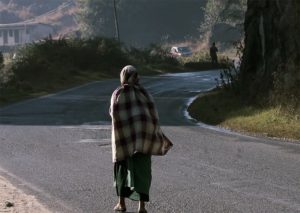 It comes in different styles, colours and sizes.
It comes in different styles, colours and sizes.
Back in the days, it was popularly used as one of the daily wears of the Khasis, especially amongst the Khasi women.
However, as time has passed by, the tapmohkhlieh is rarely worn in the urban areas though the same can still be seen in the rural areas.
“How would I know why people’s aren’t wearing? Maybe it’s not stylish or modern enough,” 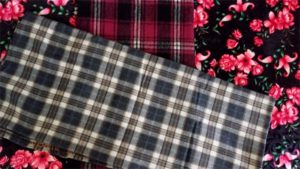 said an 88 years old matriarch, B Warkhyllew.
said an 88 years old matriarch, B Warkhyllew.
But let’s not be too quick to judge. In the urban areas, elderly women are still seen wearing the tapmohkhlieh or jaintawah to complete their look. The jaintawah is usually worn on top of the jainsem or jainkyrshah.
Unlike the tapmohkhlieh which is tied around the neck and covers your entire body, the jaintawah is not long enough and its length stretches as low as one’s waist.
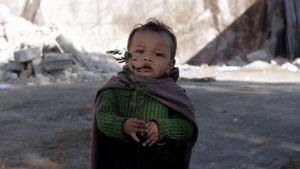
How has the tapmohkhlieh evolved over the years?
Over the years, the tapmohkhlieh, even though not worn daily, still makes a fashion statement.
Why? Because, from this piece of garment, one can get a shirt, a skirt, a bag (ka pla iew) besides other things.
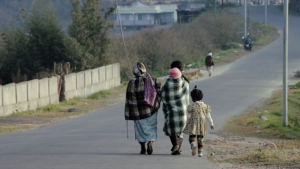 “If you ask me, I would say the question of the tapmohkhlieh dying does not arise because it is very much part of who we are as a tribe,” said noted fashion designer, Daniel Syiem.
“If you ask me, I would say the question of the tapmohkhlieh dying does not arise because it is very much part of who we are as a tribe,” said noted fashion designer, Daniel Syiem.
Syiem, who is known across the world for his designs incorporating the eri Silk or Ryndia, said the tapmohklieh, like the jainsem and jainkyrshah, serves as an inspiration for his line of clothes too.
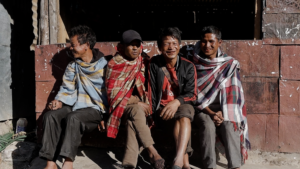 “What is important is to protect and preserve these traditional attires as they are a reflection of our culture, our tradition and our community,” Syiem said.
“What is important is to protect and preserve these traditional attires as they are a reflection of our culture, our tradition and our community,” Syiem said.
The question arises: Is there a threat to the tapmohkhlieh or Jaintawah with the growing of modern fashion culture?
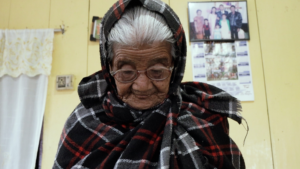 The answer is NO. The tapmohkhlieh will always have a special place in the closet of every Khasi household and it will continue to serve as a reminder of the rich and colourful traditional attires, and of course, not to forget, the cold weather that Meghalaya is known for.
The answer is NO. The tapmohkhlieh will always have a special place in the closet of every Khasi household and it will continue to serve as a reminder of the rich and colourful traditional attires, and of course, not to forget, the cold weather that Meghalaya is known for.



